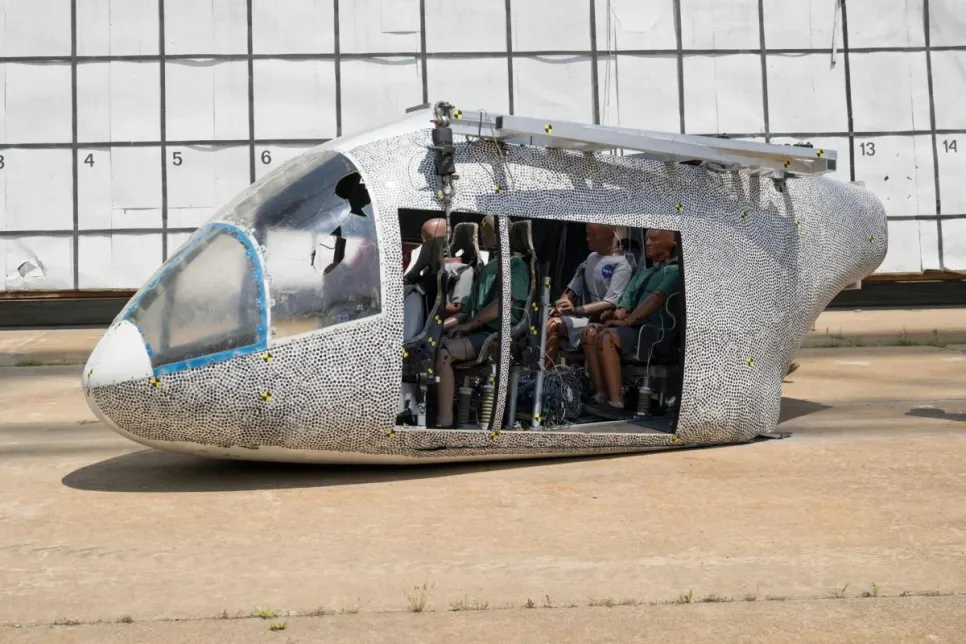GSMA and African Operators Team on AI and Device Strategy
The GSMA unveiled two new initiatives that should drive AI development and mobile access across Africa.

NASA published early findings of research on whether 5G could handle the demands of air taxi communications systems. The agency indicated that the architecture’s qualities could make it ideal for providing accurate location data in city skies.
Explaining the rationale for the test in an overview of its work so far, NASA pointed to 5G’s ability to manage large volumes of data simultaneously, along with a very low signal transmission delay compared to satellite systems. It highlighted these factors could potentially support location data sharing between aircraft operating in busy urban areas, with ground antennas and city networks helping air taxis stay connected as they fly over buildings, making urban flights safer.
In initial trials, the agency set up a system meeting current 5G standards comprising a radio and other kit in an aircraft and infrastructure on the roof of one of its test centre buildings. “With an experimental license from the Federal Aviation Administration to conduct flights, the team tested signal transmissions using a radio frequency band the Federal Communications Commission dedicated for the safe testing of drones and other uncrewed aircraft systems,” it noted.
During the flights, it assessed the quality of the signal as it moved away from the base station and identified areas where buildings could cause interference or block signals. It also looked into how the aircraft’s angle impacted connection quality. Test flights took place during April and May 2025. It now plans to investigate how 5G standards and technologies could be utilised in existing aviation bands to provide air-to-ground and aircraft-to-aircraft communications services.
NASA’s 5G air taxi mission is an attempt to see if the aviation industry could use the expertise, experience, and investments made by the cellular industry toward the development of reliable, secure, and scalable aviation networks, rather than entirely new standards being developed for air taxis. It added that if 5G networks could provide an 80% solution, researchers could focus on addressing the remainder of the industry’s needs.